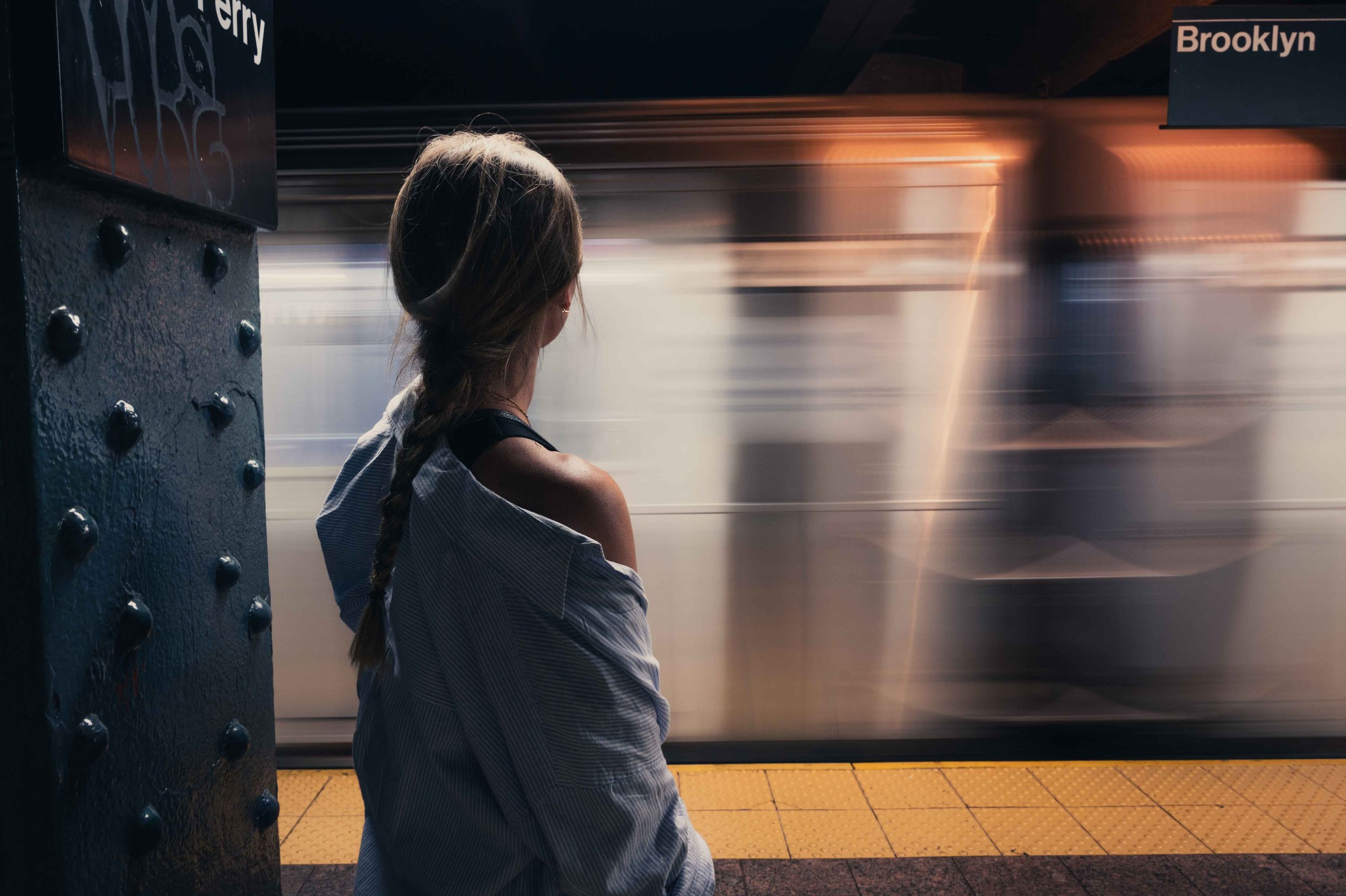Mastering the New York City Subway: Your Ultimate Guide
Known for its vibrant lifestyle, New York City pulsates with energy at every corner. At the heart of its incessant bustle, the New York City subway works tirelessly, linking four of the city's five boroughs: Manhattan, Brooklyn, Queens, The Bronx. (You can get the free ferry to Staten Island, which has its own rapid transit system).
The network's 472 stations and 24 lines can seem bewildering for the uninitiated. However, navigating the NYC subway can be a breeze with the right guidance. Here's everything you need to know.
(By the way, the Subway can get crazy at times! Expect lots of loud music, singing, random performances and some questionable people. We found it very entertaining, but just keep to yourself in order to stay safe. You will also notice there is a high police presence at some of the stations).
How much does the subway cost, and how should you pay
This can get a bit complicated, so bear with me…
Single rides
Each subway ride is $2.70 (no matter how far you go). This includes any transfers between lines (as long as you don’t leave the station) and transfers onto buses, which would also be $2.70 per trip. New York's subway system now supports OMNY, a contactless payment system. You can tap and pay with your contactless card, smartphone, or smartwatch.
OMNY vs Metrocard, which is better for multiple rides
When paying with OMNY, there is a weekly cap of $33 which is the same cost as buying a week’s Metrocard, but there is a subtle difference between the 2.
OMNY’s weekly cap runs from Monday to Sunday, which means if you're travelling from Friday to Wednesday, the weekly cap will reset on Sunday night and start again the next day. If you buy a MetroCard, your $33 will give you unlimited trips for seven days from when you buy the Metrocard.
So if your trip ends on a Sunday, you can use contactless (OMNY) and not worry about carrying a card around with you. However, If you're visiting for a non-standard week, like Thursday to the following Friday, you'll need to get a traditional MetroCard.
You can also get a 30-day Metrocard for $127
If you're using a MetroCard, swipe it through the card reader on the right side of the turnstile (Black strip facing away from you). For contactless payments, tap your device or card on the OMNY reader. Once you see the green light, you can proceed.
Get a grip of the subway map and lines
Your first step should be to familiarize yourself with your route. The MTA offers a free, downloadable subway map on its website, and you'll find physical maps at every station. Digital tools like Google Maps and CityMapper can provide real-time updates and detailed directions. Remember, trains are marked by numbers and letters correlating with their coloured lines (we suggest sticking to the numbers and letters instead of the colours as the lines can split off in different directions).
Grasp the Subway Schedule
While the NYC subway operates 24/7, the frequency and routes can vary. It's important to check the schedule or use a transit app for real-time updates. Trains usually run every 2-5 minutes during peak hours and about every 10-20 minutes during quieter periods.
Certain stations may not open at night, and trains can change platforms at night as well. There will be signs at each station explaining any changes.
Direction Matters: Uptown vs. Downtown
In the language of the NYC subway, 'Uptown' implies north, and 'Downtown' means south. Uptown trains travel towards higher-numbered streets, while Downtown trains head towards lower-numbered streets. Make sure you know which direction your train is going in. Some stations have dedicated uptown and downtown entrances, so check them before you head down the stairs. Most express stations will have entry to both platforms accessible from every entrance to the station.
Understand Local and Express Trains
Subway lines often offer the choice between local and express trains. Local trains stop at every station, while express trains skip certain stops for faster travel. On the subway map, a black circle denotes a local stop, while a white circle with a black border indicates an express stop. You can use the map to determine which train is the local one and which is the express one.
The quickest way to travel is to jump on an express train as far along the route as possible and then switch to a local one when needed.
Use the pedestrian tunnels to transfer between stations and avoid a fee
Often, these tunnels link different lines within a larger station complex, allowing passengers to transfer between them without exiting the system. You'll commonly encounter these in larger stations like Times Square or Atlantic Avenue-Barclays Center. They can seem like a maze, but following clear signage will guide you to your desired line.
There's no denying that the New York City subway is an essential part of the city's pulse, offering an efficient, cost-effective way to explore the dynamic urban landscape. With our guide in hand, you are now well-equipped to traverse the city's veins, be it through the bustle of Times Square or the quiet neighbourhoods of the outer boroughs. Remember, the subway isn't just a mode of transport - it's a quintessential NYC experience. So, embrace the journey, follow the city's rhythm, and, most importantly, enjoy the ride. Here's to your upcoming adventures in the City That Never Sleeps!

